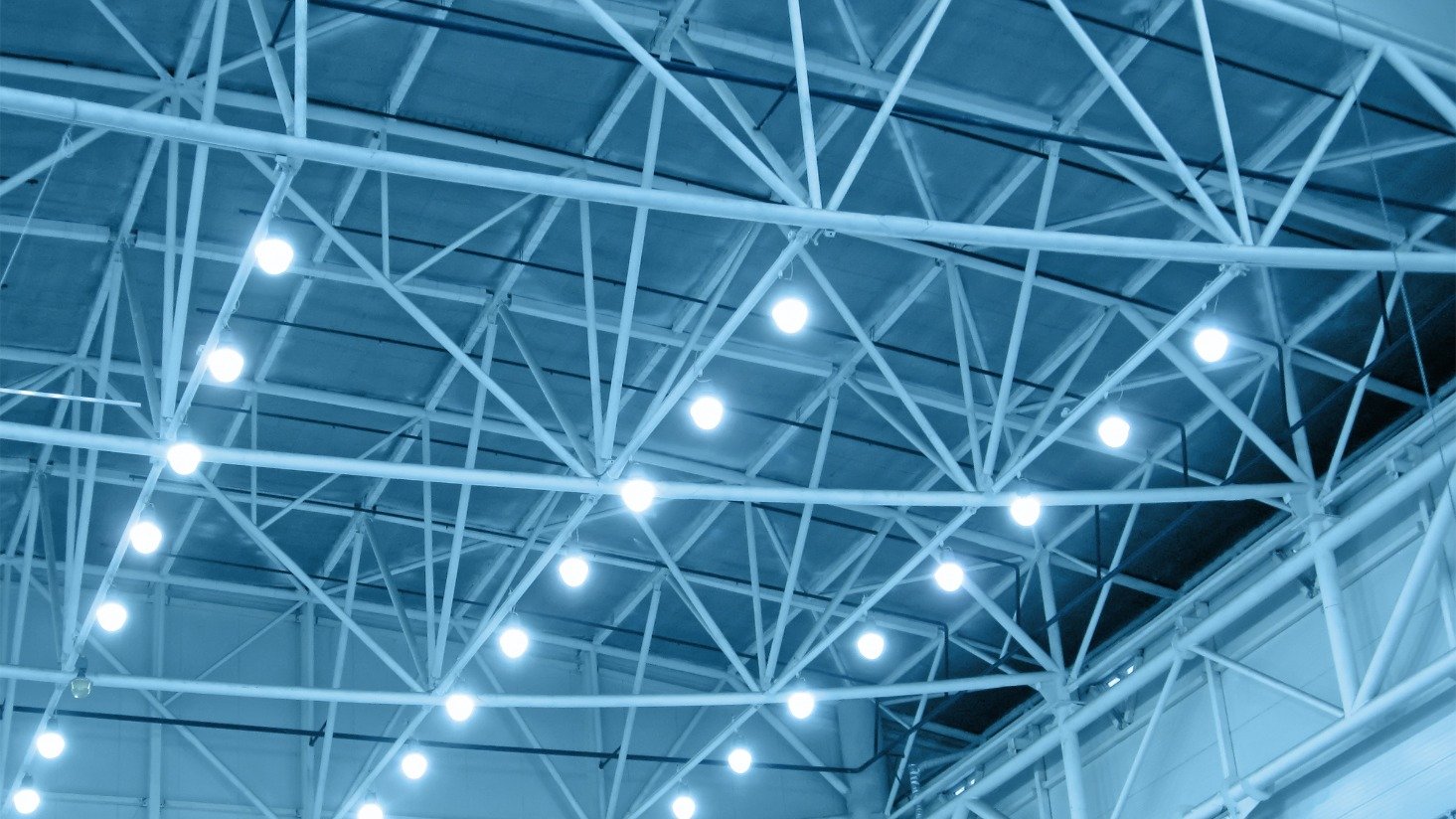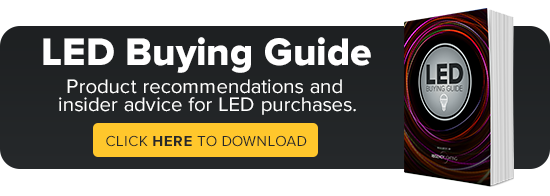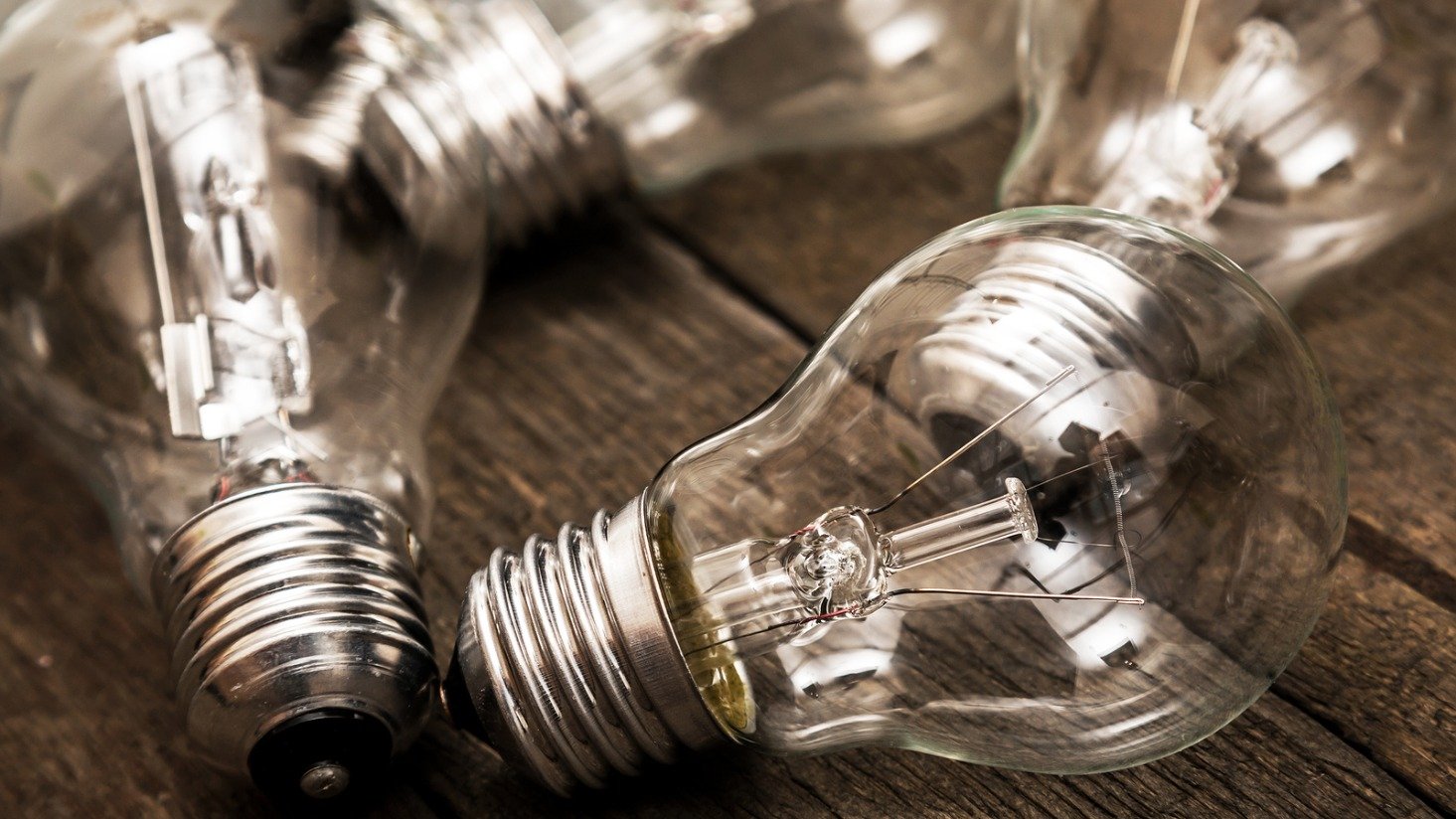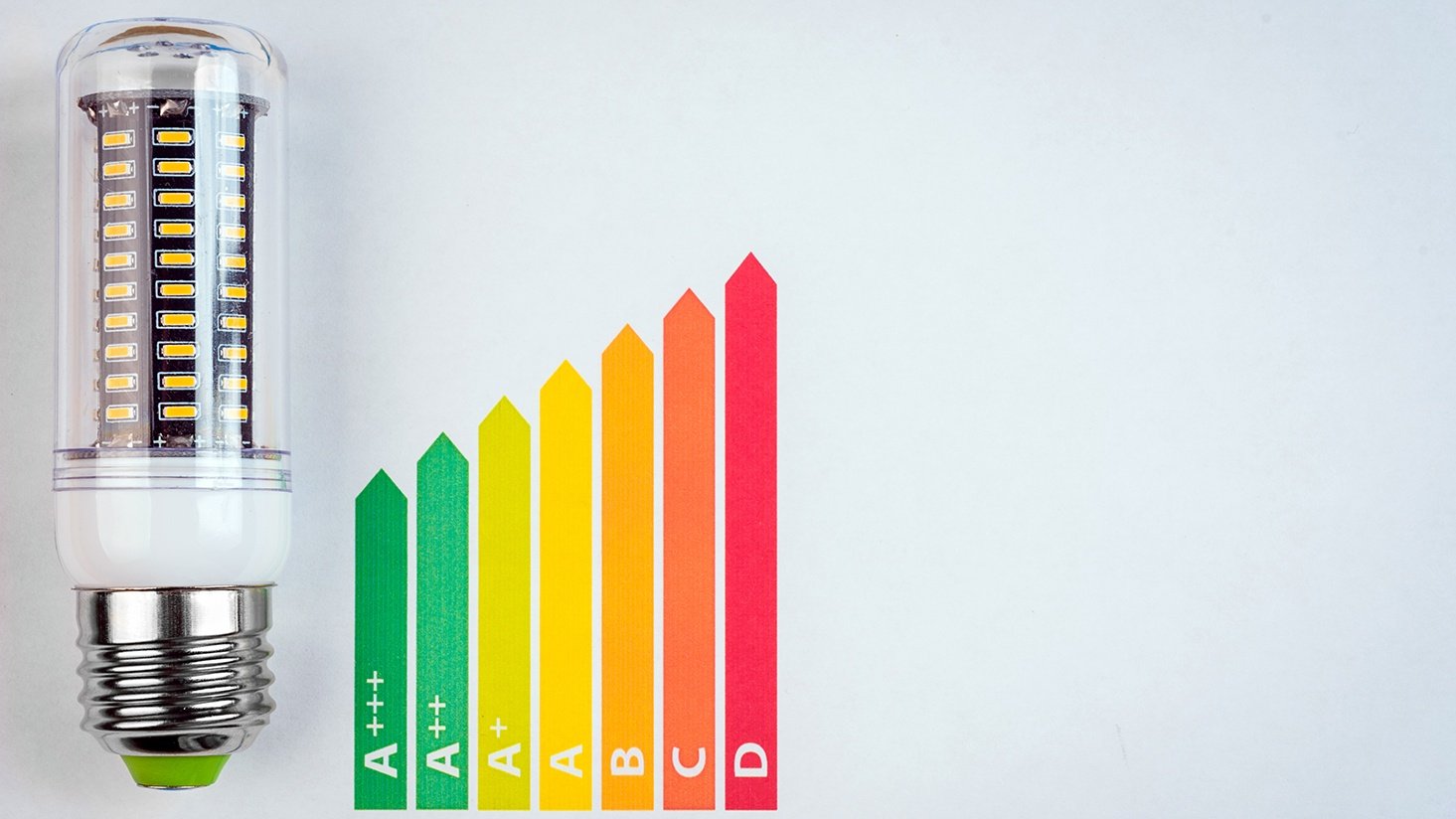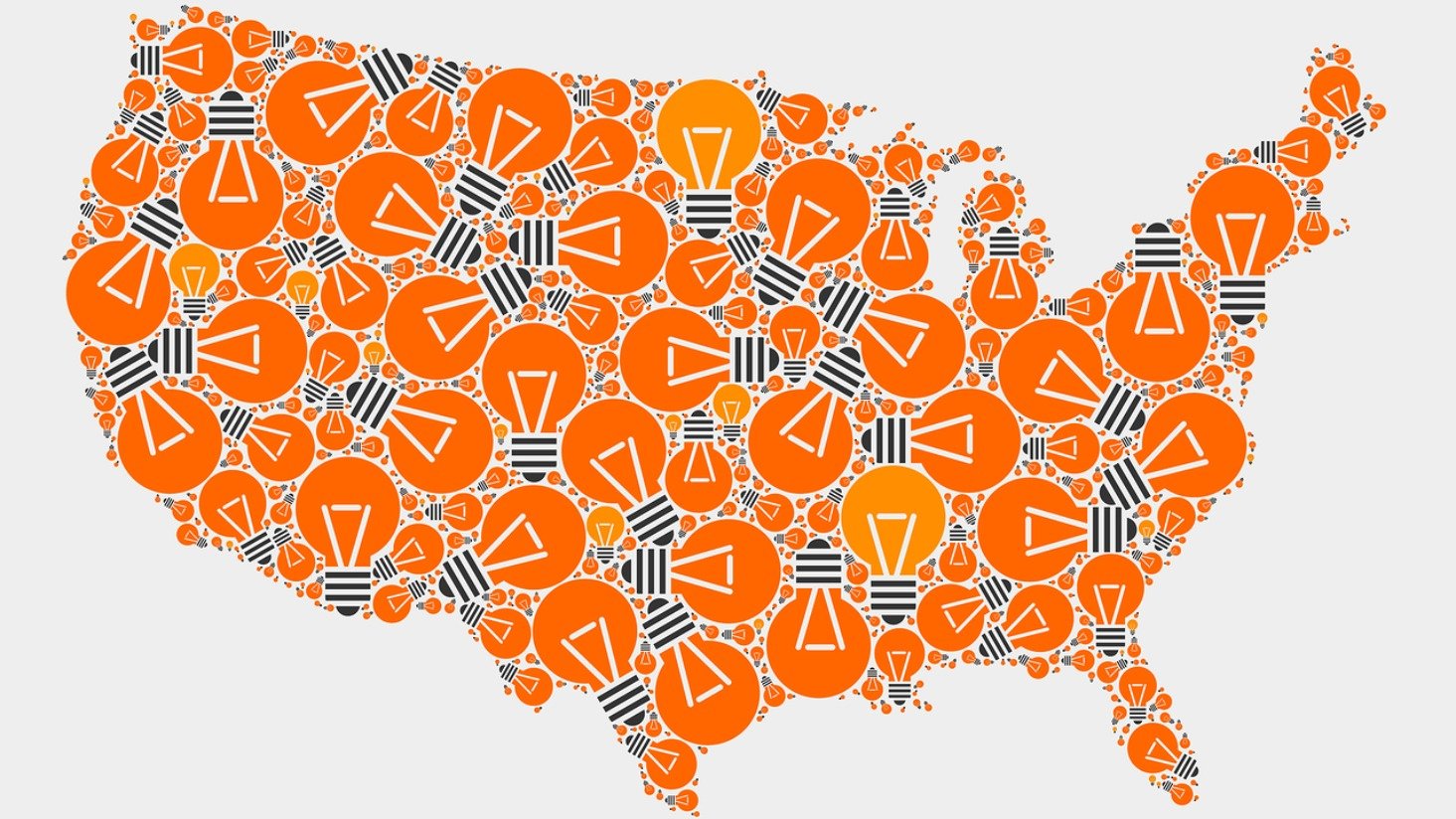Title 20 explained: California's energy efficiency standards for lighting
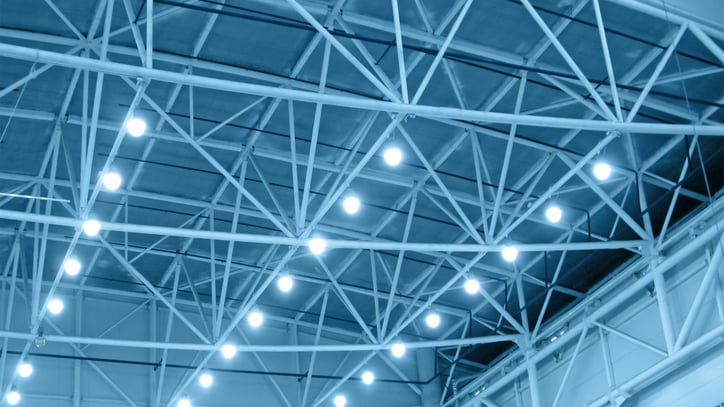
Keeping up with lighting standards and building codes can be exhausting. If you’re in California, you already have to worry about Title 24. Now, new appliance efficiency standards (also called Title 20) are in effect.
Why? California’s goal is to be as energy efficient as possible. LED lamps are easy to find now and they’re becoming more cost-effective – so the California Energy Commission (CEC) also wants to make sure they use very little energy.
What is Title 20?
California introduced Title 20 requirements in two phases.
1. Tier I went into effect January 1, 2018.
2. Tier II went into effect July 1, 2019.
Tier II performance is significantly higher because it requires a higher efficacy (more light with less energy use) and CRI.
The commission has also made additional changes to Title 20 regulations, effective January 1, 2020. The CEC added a regulation that requires general service lamps (GSLs) to have a minimum efficacy of 45 lumens per watt. We break down what that lighting jargon really means in this blog post.
Title 20 applies more than just lighting, but since lighting is our expertise, that's what we're diving into.
If you're ready to shop for products that are approved for sale in California, we have a pre-filtered list of Title 20-approved products available here.
What does Title 20 compliance mean?
If a product complies with Title 20, that means it meets the energy efficiency standards set by the California Energy Commission.
This impacts three main categories of lighting: state-regulated LED lamps, state-regulated small diameter directional lamps, and state-regulated general service lamps.
To be legally sold in the state, these products must be listed in California’s MAEDBS (Modernized Appliance Efficiency Database System).
There are also certain testing and marking requirements for every product. But no matter what kind of testing a light bulb passes, if it’s not listed in the MAEDBS, it’s illegal to sell in California.
Who’s responsible for making sure light bulbs are legally sold in California? Everyone in the supply chain. The California Energy Commission says lighting manufacturers, distributors, retailers, contractors, importers, and installers should all check products.
Title 20 requirements
Let’s take a look at the Title 20 lighting standards for manufacturers that started July 1, 2019.
State-regulated LED lamps (SLED)
- Defined as lamp with a base that is E12, E17, E26, or GU-24
- Includes retrofit kits
| Minimum efficacy | 80 lpw (lumens per watt) |
| Minimum compliance score | 297 |
| Minimum rated life | 10,000 hours |
| Standby power | 0.2 watts |
State-regulated small diameter directional lamps (SDDL)
- Typically found in retail, hospitality, and museum track lighting
- Can include incandescent, halogen, or LEDs
- Defined as non-tubular directional lamp with a 2.25 inch or less diameter; can operate at 12 volts, 24 volts, or 120 volts
| Minimum efficacy | 80 lpw (lumens per watt) |
| or a minimum efficacy of 70 lpw and a minimum compliance score of 165 | |
| Minimum rated life | 25,000 hours |
State-regulated general service lamps (GSL)
- Can be incandescent, halogen, CFL, or LED
- Defined as omni-directional lamp with an E26 base
| Minimum efficacy | 45 lpw (lumens per watt) |
| Minimum compliance score | None |
| Minimum rated life | 1,000 hours |
| CRI > 80 for non-modified spectrum or 75 for modified spectrum lamps | |
Practically speaking, if your product is below CRI 82, it most likely cannot be legally sold in California, regardless of the efficacy.
It's also worth noting that — as with most regulations — there are exceptions to the guidelines above (more on that later).
What’s the difference between Title 20 and Title 24?
Title 24 deals with the way a building is set up and controlled while Title 20 is a product-specific standard. In fact, just because a product meets Title 20 standards does not necessarily mean it will help in meeting Title 24 regulations.
Think about it this way: a product does not have to be Title 24 certified to be sold in California. New construction projects or major retrofits, however, do have to be inspected and approved as meeting Title 24 standards.
Do you have questions about Title 24 standards and your current project? Check out our resources, and if you have any additional questions, please contact us.
Title 20 compliance and exemptions
There are dozens of rules for compliance and exemptions for Title 20. Here are just a few.
Products that must comply with Title 20

Products exempted from Title 20
We've summarized a few of the largest Title 20 exceptions below, but rest assured that there are additional nuances to this list.
- Lamps that are less than 150 lumens with an E12 or E17 bases, or lamps that are less than 200 lumens with an E26 or GU-24 base
- LED tubes
- LED plug-ins (non-directional CFL pin base replacements)
- LED HID replacements
- Colored LED lamps
- A variety of general service lamps (GSL) like appliance lamps, black light lamps, bug lamps, colored lamps, and more
We wish we could list every exemption, but to be honest, this blog post would be too long — and too boring.
We always want to be more helpful, though, so here is a link to MAEDBS where you can search for your product number. Additionally, if you're shopping for product online, we've included a helpful filter on our product catalog to narrow down to "Products for sale in California."
As always, if you have any questions – do not hesitate to ask one of our lighting consultants.
